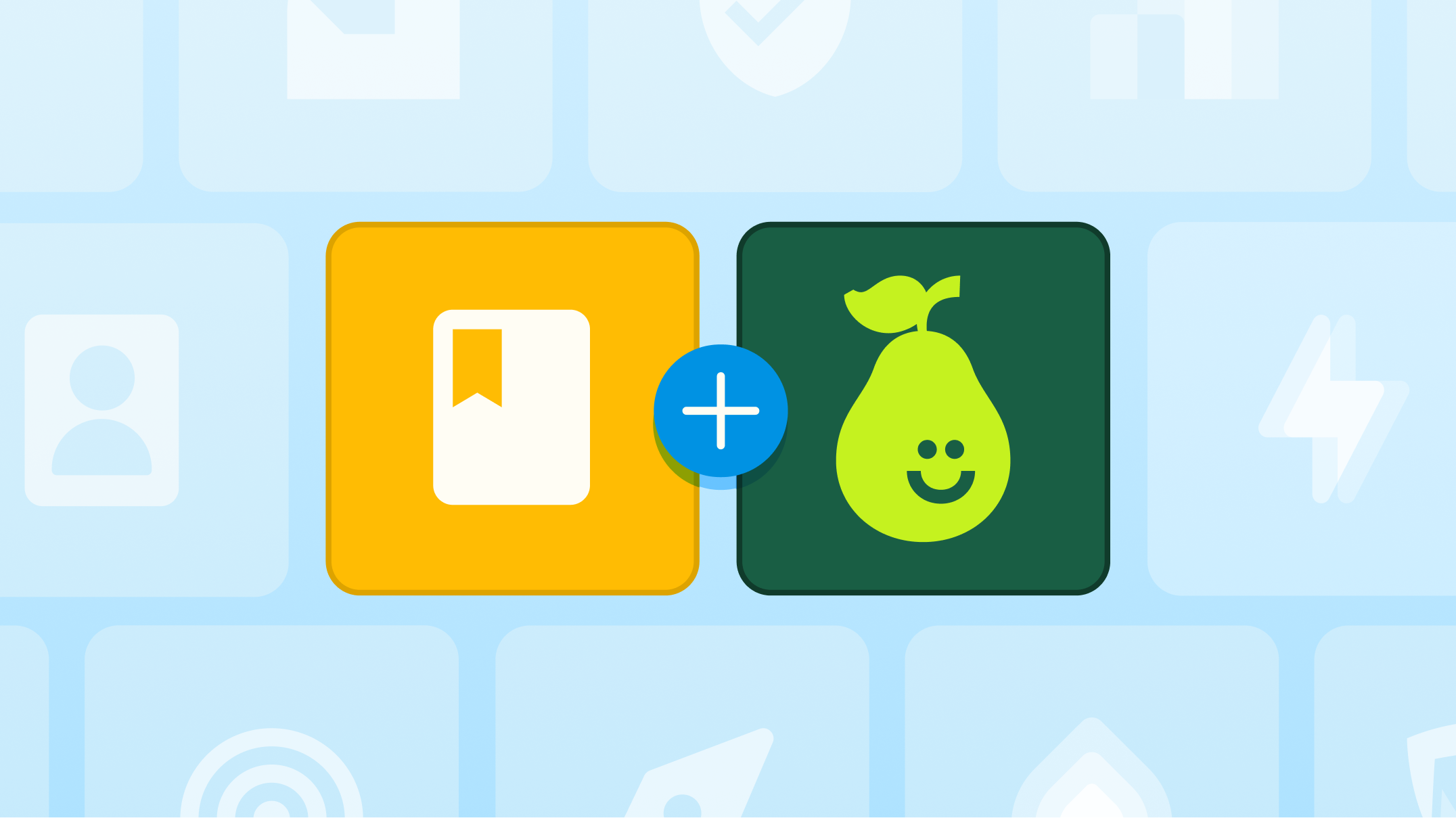Making Blended Learning Easy With Pear Deck Learning

The quest to deliver effective instruction while engaging students can certainly be a daunting one. This challenge brought Meaghan Crowley Sullivan from Loyola Marymount University's iDEAL Institute to the forefront with an insightful workshop on leveraging blended learning and Pear Deck Learning.
Blended learning unpacked
Blended learning is the fusion of edtech with research-based instruction, combining online learning with in-person teaching. As Meaghan passionately explains, it's the epitome of excellent teaching in the modern era.
Why should we care?
Research shows that blended learning significantly boosts student achievement, especially in core subjects like language and math. Drawing on Benjamin Bloom's study, Meaghan sheds light on how blended learning tackles the infamous "Bloom's Two Sigma Problem" by leveraging technology, data, and small-group instruction to mimic the efficacy of one-on-one tutoring.
How do we implement it?
Meaghan breaks blended learning into four rotation models: station rotation, whole group lab rotation, flipped classroom rotation, and individual rotation. Each model offers flexibility to adapt to diverse classroom needs while integrating technology seamlessly.
This is where Pear Deck Learning can help. Meaghan showcased how Pear Deck's suite of products - Pear Deck, Pear Assessment, Pear Practice, and Pear Deck Tutor - align perfectly with blended learning essentials. These tools empower teachers to assess, engage, and support students at every stage of the learning journey.
Let's take a closer look at each rotation model.
Whole Group Lab Rotation
In the whole group lab rotation model, students rotate through various activities, with Pear Deck Learning seamlessly integrated into each stage. Beginning with an introduction of essential questions and learning objectives, teachers can use Pear Deck to deliver impactful lessons that ensure students directly experience new content in engaging and interactive ways. As students rotate through different activities, Pear Practice can provide opportunities for collaborative or independent practice, while Pear Assessment can be used for end-of-lesson formative assessments to gauge student understanding.
Station Rotation
In the station rotation model, smaller groups engage in differentiated activities, with Pear Deck Tutor providing personalized support. Teachers can use Pear Deck for upfront instruction, delivering explicit lessons to set the stage for learning. Additionally, Pear Practice can be incorporated into various stations for individual or collaborative practice, while Pear Assessment can be utilized for formative assessments to track student progress.
Flipped Classroom Rotation
The flipped classroom rotation model turns traditional homework on its head, with Pear Practice offering interactive pre-learning activities. Students engage with Pear Deck Learning products at home, preparing them for active experiences in the classroom. Teachers can use Pear Deck to review the pre-learning material quickly, ensuring students are ready for collaborative, engaging, and hands-on activities during class time.
Individual Rotation
In the individual rotation model, students progress through personalized playlists, with Pear Assessment offering tailored support and assessment. Teachers can embed Pear Deck Learning products into different stages of the playlist, providing opportunities for students to engage with interactive content and receive personalized feedback. Pear Deck Tutor can be utilized for one-on-one support, ensuring students receive the assistance they need to master concepts at their own pace.
With Pear Deck Learning products seamlessly integrated into each rotation model, teachers can enhance instructional efforts, amplify engagement, and support each student in achieving their full potential within a blended learning environment.
Getting started
Pear Deck Learning provides robust research-based learning experiences that give educators the tools essential to facilitate effective blended learning in the classroom by helping educators assess progress, deliver real-time feedback, offer personalized instruction and practice, and create inclusive and engaging environments.
Meaghan urged educators to explore the transformative potential of Pear Deck Learning within blended learning frameworks. The possibilities are endless, and the impact is profound.
So, why wait?
Dive in, and let the journey to enriched instructional experiences begin!

.svg)
.svg)
.svg)

.png)

